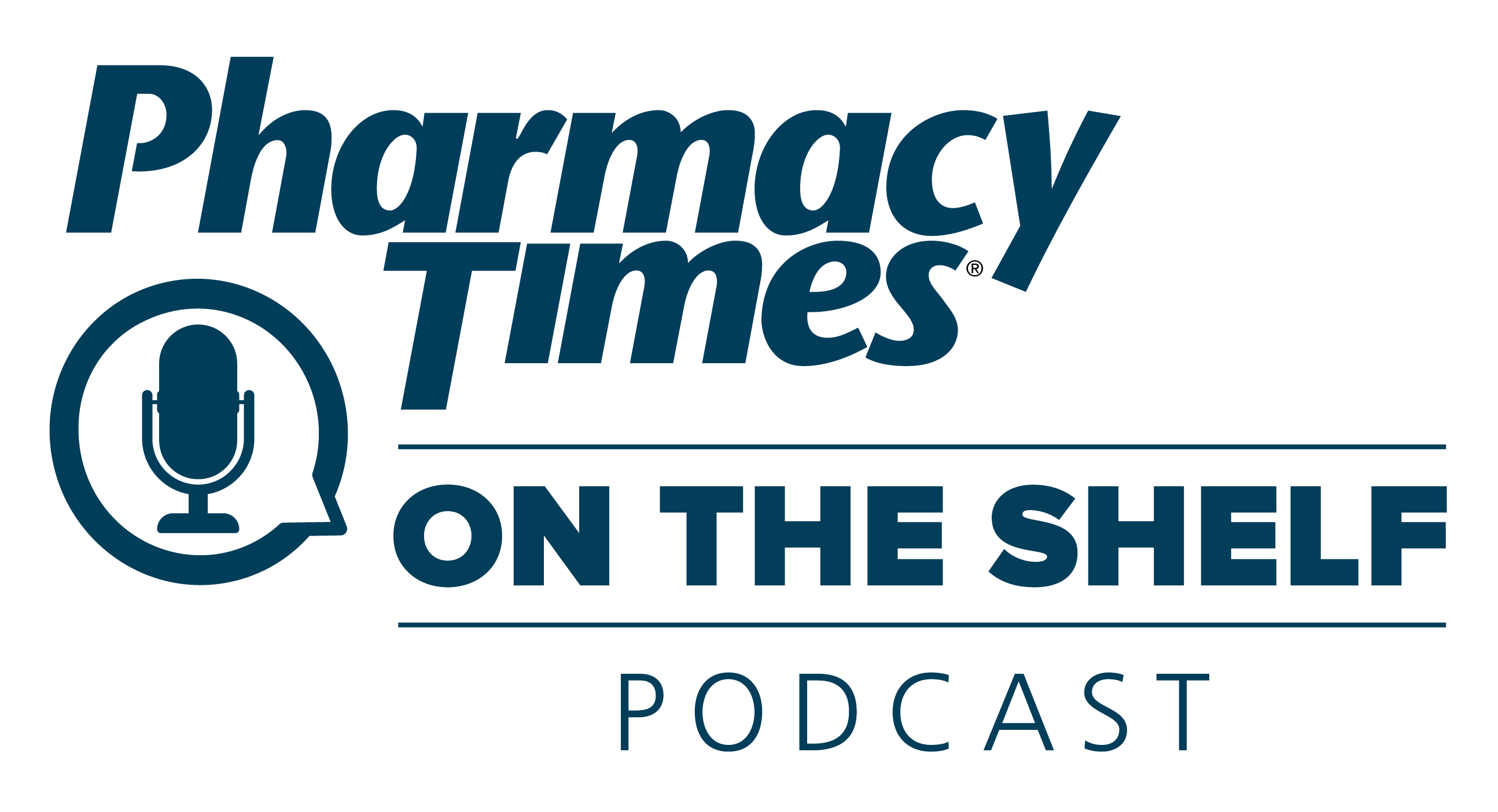Article
Subcutaneous Immunotherapy-Induced Antibodies May be Effective Treating Allergic Asthma
Subcutaneous immunotherapy-induced antibodies may serve as a potential allergen-targeted biologics candidate for the treatment of allergic asthma.
Subcutaneous immunotherapy-induced Der-p slgG, sF(ab’)2 and sFab antibodies may be used to treat allergic asthma, according to a recent study published in Annals of Allergy, Asthma & Immunology.
Although previous studies have been conducted to understand the potential application of fully human allergen-targeted antibodies on the prevention of allergic diseases, the potential of these specific antibodies had not been fully investigated.
Researchers in China conducted a study to investigate the inhibitory function of slgG, sF(ab’)2, and sFab antibodies in patients undergoing Dermatophagoides pteronyssinus (Der-p) subcutaneous immunotherapy (SCIT).
The study included 10 subjects between 18 and 42 years of age from the Allergy and Clinical Immunology Department of Guangzhou Institute of Respiratory Diseases. Selected subjects had house dust mite allergic rhinitis or asthma and received a 156-week course of Der-p SCIT.
All patients fulfilled the criteria of the International Allergic Rhinitis and its Impact on Asthma guideline or the Global Initiative for Asthma guideline for mild-to-moderate asthma.
Total immunoglobulin G (IgG) levels were purified from the serum of the participants at weeks 0 and 156 by protein A affinity chromatography. At week 156, Der-p slgG was purified by affinity chromatography with Der-p as a ligand.
The sF(ab’)2 antibodies were prepared from Der-p slgG by treatment with pepsin. The sFab antibodies were prepared with papain. To assess and compare the inhibitory function of Der-p slgG sF(ab’)2 and sFab antibodies, researchers used IgE-facilitated allergen binding assay, basophil activation inhibition test, and cytokine release inhibition assay.
The resulted showed that Der-p sIgG, sF(ab')2, and sFab antibodies prepared from AIT patients could inhibit Der-p−sIgE complex binding to FcεR II and block the activation of basophils and cytokine release by effector TH2 cells. The finding that sIgG antibodies could inhibit Der-p−sIgE complex binding to FcεR II-expressing cells is consistent with previous research.
Researchers also found that sF(ab')2 and sFab antibodies could compete with sIgE to form an allergen-IgE complex, thereby inhibiting the complex binding to B cells and preventing allergen-dependent T cell activation. They suggest that allergen sIgG, sF(ab')2, and sFab antibodies may reduce the production of IgE antibodies by forming sIgG or sF(ab')2 or sFab-allergen complexes and inhibiting Der-p 1 cleavage of FcεRII in susceptible individuals with atopy.
The study also showed that sF(ab’)2 and sFab antibodies inhibit Der-p allergen from activating the basophils, which typically express a high level of FcεR I. Additionally, the baseline level of TH2 cytokines [interleukin (IL)-5, IL-13, IL-17, and TNF-α] in patients with allergy increased markedly after Der-p stimulation in this study.
Overall, the researchers highlighted the findings that Der-p sIgG, sF(ab')2, and sFab antibodies were found to have markedly blocked Der-p-allergen slgE complex binding to B cells, inhibited basophil activation, and markedly reduced the production of IL-5, IL-13, IL-17, and tumor necrosis factor-α by peripheral blood mononuclear cells.
These results indicate that SCIT-induced Der-p slgG, sF(ab’)2, and sFab antibodies may block the formation of Der-p-slgE complexes and may serve as a potential allergen-targeted biologics candidate for the treatment of allergic asthma. The authors suggest that the construction of allergen-specific inhibition antibodies may have potential applications for treatment and prevention of allergic diseases.
This research adds to literature on the blocking function of fragment antibodies prepared from allergen immunotherapy-induced specific IgG (slgG); however, the study did have some limitations.
The affinity of the slgG, sF(ab’)2, and sFab antibodies was not assessed. Additionally, the sF(ab')2 and sFab were not purified and contained Fc or other fragments, which could have affected the concentration of antibodies and the results.
The authors recommend additional studies with purified sF(ab')2 and sFab antibodies to confirm the function of sIgG, sF(ab')2, and sFab antibodies on the treatment and prevention of allergy in an experimental animal model.
Reference
Zhang H, Xian M, Shi X, Luo T, Su Q, Li J, et al. Blocking function of allergen-specific immunoglobin G, F(ab’)2, and Fab antibodies prepared from patients undergoing Dermatophagoides pteronyssinus immunotherapy. Ann Allergy Asthma Immunol. 2022;128(6):689−696. https://doi.org/10.1016/j.anai.2022.03.031. Published April 7, 2022. Accessed July 8, 2022.
Newsletter
Stay informed on drug updates, treatment guidelines, and pharmacy practice trends—subscribe to Pharmacy Times for weekly clinical insights.






